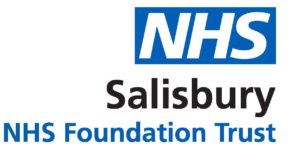Improving microbiological testing in a diagnostic laboratory
Collette Allen – Salisbury NHS Trust
Microscopy is a critical aspect of microbiological examination. The need for clear, crisp images when considering the appearance of human, bacterial, parasitic and fungal cells is essential in the function of diagnostic microbiology laboratories. Use of LED technology has drastically improved the standard of light sources, with their valuable continual provision of light – no more flickering bulbs! The fact that the light source is stable for so much longer than a standard bulb also helps ensure the provision of high-quality images for Biomedical Scientists.
For a number of microscopic diagnostic tests, fluorescence microscopy is the preferred method when compared to light microscopy, and this is particularly the case for detecting the presence of mycobacterium, the cause of tuberculosis. For microscopy detection of alcohol and acid fast bacilli (AAFB) culture, Public Health England Guidance on UK Standards for Microbiology Investigations (SMI) B 40i7.2 states that auramine-phenol staining (viewed using fluorescence microscopy) is more sensitive than ZN staining (viewed using standard brightfield microscopy) for smears from clinical samples. The removal of mercury bulbs from laboratories and the replacement with LED light sources is a huge health and safety benefit of these systems. This has reduced risk to staff and the impact on service delivery of a potentially exploded mercury bulb. Waste handling has improved and there is no longer the need to ‘warm-up’ the bulb and monitor hours of use.
From a personal perspective, the introduction of CoolLED Illumination Systems into the laboratories where I have worked has improved the use of standard light microscopy and also fluorescence microscopy. Standardised light sources to the specific wavelengths required provides the technician with the confidence to be able to provide high quality and reproducible results. We use the pE-300white and the ability to use one illumination system that provides you with the required wavelengths for the different stains is excellent. The only issue is to ensure that you have switched it to the correct wavelength for your target stain. This is a cost-effective and safe improvement for diagnostic laboratories reliant on fluorescence microscopy.

